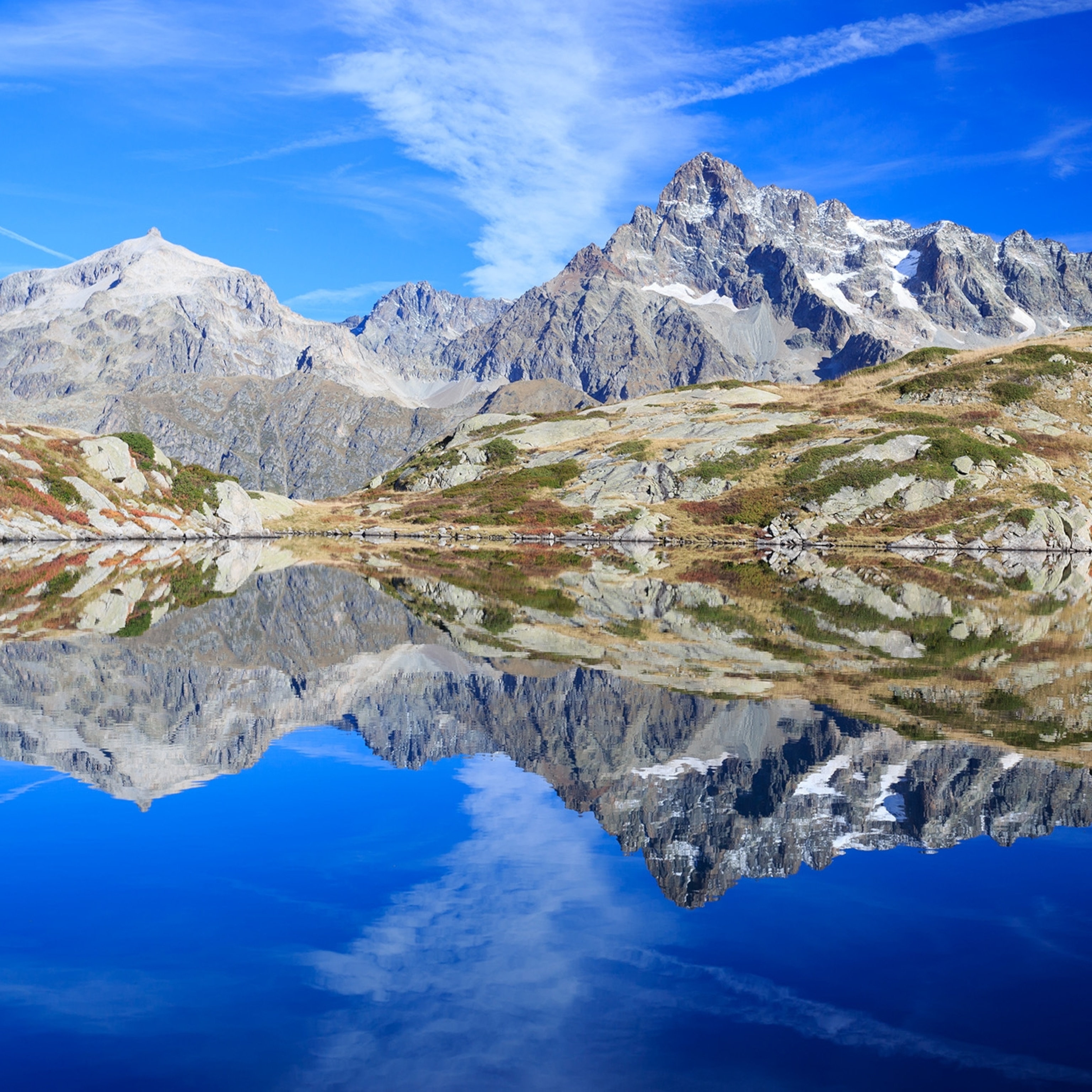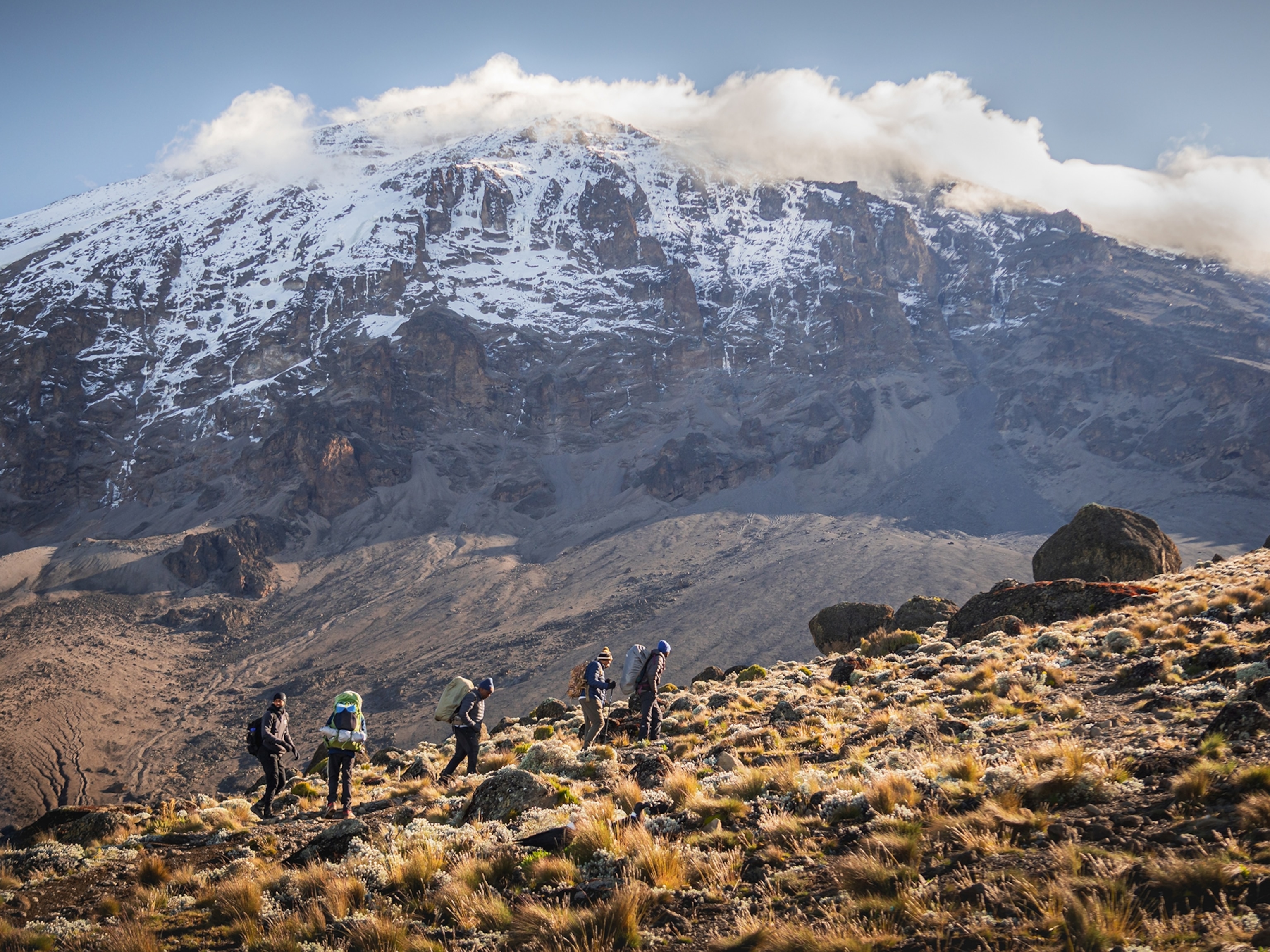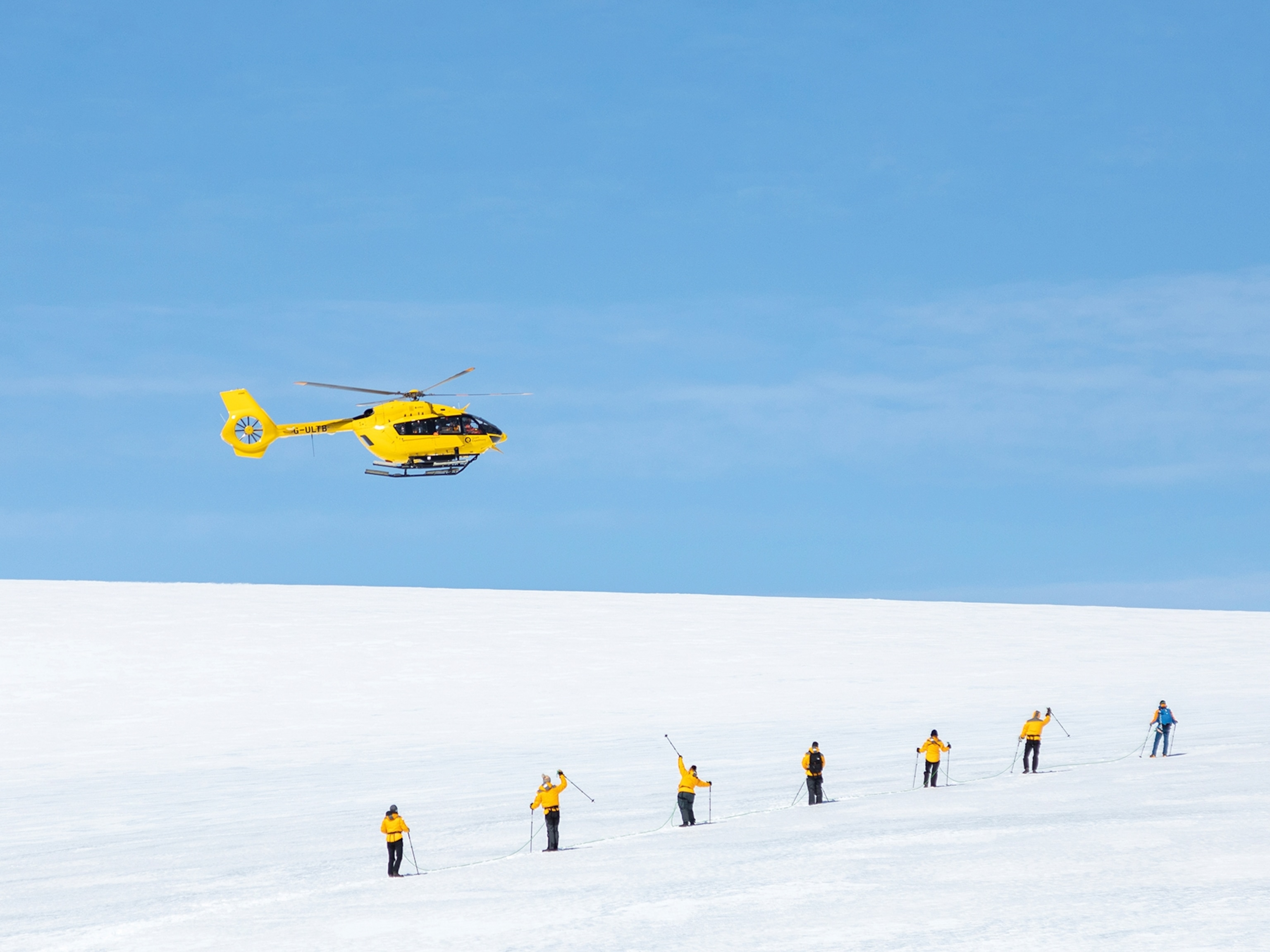
Meet the adventurer: Mark Synnott on climbing Everest’s North Face to solve a 100-year-old mystery
The veteran American climber discusses the lessons learnt from his pioneering and remote expeditions, including his 2019 mission to solve a century-old mystery on Everest’s North Face, now the subject of his latest book.
What first inspired you to become a climber?
The real genesis of this for me was when my dad bought me a poster of British climber Paul Ross. In the picture he’s dangling over an overhang with just a rope tied around his waist. I remember staring at it daily in my bedroom. Eventually, a friend and I went to a tool shed, got a clothesline and made for the local cliffs to try to figure it out.
Where was your first adventure and how did you prepare for it?
I travelled to Yosemite National Park in the late 1980s, determined to climb its two iconic cliffs, Half Dome and El Capitan. But as soon as I saw them I knew instantly I had no business climbing these, not yet. That day, I only managed to climb 100ft off the ground, but the cliffs had got under my skin. After that, I started training hard.
Some older climbers took me under their wings. I spent about a year learning the ropes and climbing as many cliffs as I could in New England and New Hampshire, before returning to Yosemite the following year. I managed to scrape my way up Half Dome, barely making it. That first climb was probably the most sublime experience I’ve ever had in my career, and I’ve been chasing that feeling ever since.
What drew you to climbing and writing about Everest?
I’ve always been a student of exploration, mountaineering in particular. Everest has always been the sole domain of experienced and skilled climbers who had paid their dues and earned the right to try to climb it. But by the 1990s, when I came of age as a climber, there was a sense that if you had a lot of money and wanted the trophy, you could buy your way up, even if you didn’t have the chops. It turned off an entire generation, maybe multiple generations. And so I never gave Everest its fair due.
But when I finally did, what hit home, powerfully, was the legacy of that earlier era of Everest climbing, especially the mystery surrounding Mallory and Irvine [the two famous climbers disappeared in 1924]. It was the spirit of these early British Everest pioneers that drew me to climbing in the first place, and so I had to research and write my book, The Third Pole: Mystery, Obsession, and Death on Mount Everest. It’s a story that gets under people’s skin. It certainly got under mine.
How did you go about researching your book?
I flew to the UK and visited the Royal Geographical Society to sift through its Everest archives and artefacts. I was able to look at George Mallory’s boots and the rope that had been tied around his waist, which were so powerful to see. I visited Merton College in Oxford, too, to see the Andrew ‘Sandy’ Irvine archives and I went to the Alpine Club.
During my ascent of Everest, it struck me how far ahead of their time those guys were when they tried to climb that mountain, almost 30 years before it was eventually climbed [Sir Edmund Hillary and Tenzing Norgay reached the summit in 1953]. The technology of the day, and the development of high-altitude mountaineering and alpinism as a sport was not yet ready for such a feat, but they went for it anyway. I continuously tipped my hat to them the whole way up.
Here I was, in 2019, with the most modern equipment, and pretty close to a lifetime of climbing under my belt, and I was still getting my ass kicked. I couldn’t stop thinking about those guys in leather hiking boots, wool and gabardine clothing, little leather bomber caps and their homemade oxygen sets. I felt a deep respect and a profound appreciation for what they were doing and how courageous it was. I felt a connection with them, too — we became bound by our spirit for adventure.
How do you nurture your mental wellbeing while you’re on these challenging expeditions?
I rely heavily on the support structure that I have at home with my family. After the Everest trip, one thing that was really revealing for me was looking back at all the messages of unconditional support from my wife. It’s hard for me to imagine not having that. I also receive support from my partners on the team. Expeditions are stressful, and situations where you’re tired, cold, hungry and scared can bring out the very worst in people. So I’ve learned to be careful in terms of the people I choose to climb with. On the Everest expedition, the team had a lot of soul — we had no drama and I was able to lean on them.
Do you have a favourite place where you go climbing?
Yosemite is my home away from home — I’ve climbed there every year since I was 18. But my favourite place to climb has got to be my local cliff in New Hampshire, called Cathedral Ledge. It’s the place I visited with that clothesline back when my buddy and I were kids. For one, it’s a beautiful cliff. But every time I go there and walk through the forest at the base, I feel a special kind of energy. I’ll climb there until I can’t get out of my chair anymore.
What advice would you give somebody wanting to follow in your footsteps?
Take baby steps. My eldest son is so heavily into backcountry [off-piste] skiing that it’s starting to turn into ski-mountaineering. He went climbing in the Tetons with two ice axes, and I could see from his videos what the terrain was like — he was skiing down something that he needed those axes to climb up. And it scares me because climbing and mountaineering are straight-up dangerous. If you do it for a long time you’d have to be lucky not to have an accident eventually, but you’re also most likely to have an accident early on.
I’m an internationally certified mountain guide. At my guide school in New Hampshire, we teach hundreds of people every year. It’s all about the apprenticeship, working your way logically through progressive challenges. In climbing, there’s always an imaginary line that you don’t want to cross. As you get better you push that line further and further out, but you have to go through all those years without stepping over it. In a perfect world you’d find someone skilled who could be your mentor, which was how it was traditionally taught. Nowadays, a good place to start is at the gym, and when you’re ready to go outside, if you can’t find a mentor to hold your hand, then hire a guide.
What inspires new adventures for you? And where are you going next?
I follow my heart. I’ve been part of the North Face Athlete Team since 1997. As a pro, sometimes there are strings attached, so you have to be careful that you only go for things that are really meaningful for you, and not what other people might want you to do. At this point, I want to use my platform as a writer to go and do epic stuff that I might not get to do otherwise. One place that I can’t stop thinking about is the Arctic. It’s magical. And I’m a fairly determined person, so I think there's a good chance within the next couple of years I might be heading north.
Mark Synnott’s latest book, The Third Pole, is published by Headline, RRP £20. Mark’s Everest climb features in the critically acclaimed National Geographic documentary Lost on Everest, filmed by Renan Ozturk.
Subscribe to National Geographic Traveller (UK)
Follow us on social media
Twitter | Facebook | Instagram







